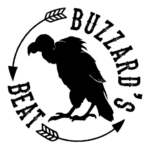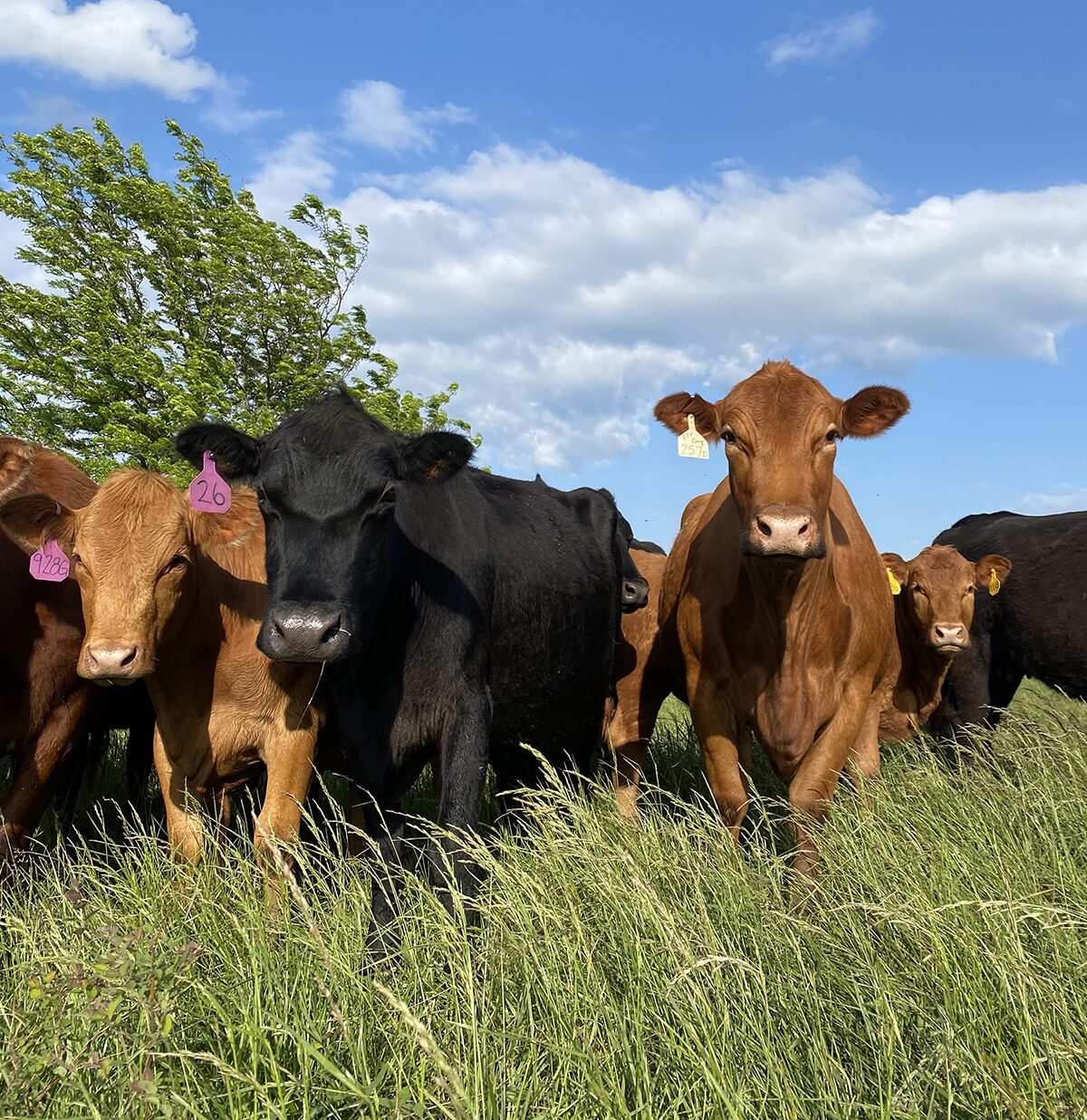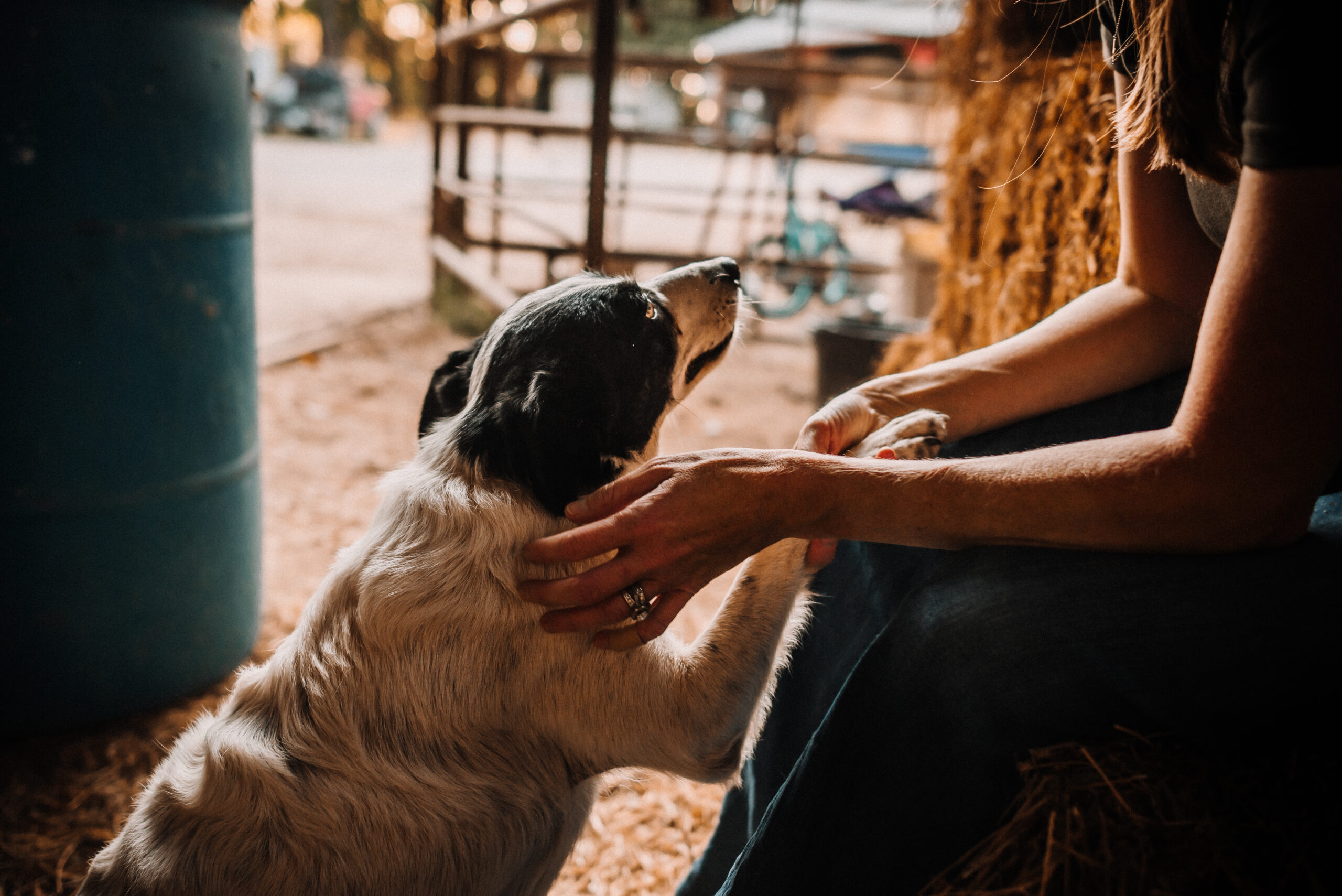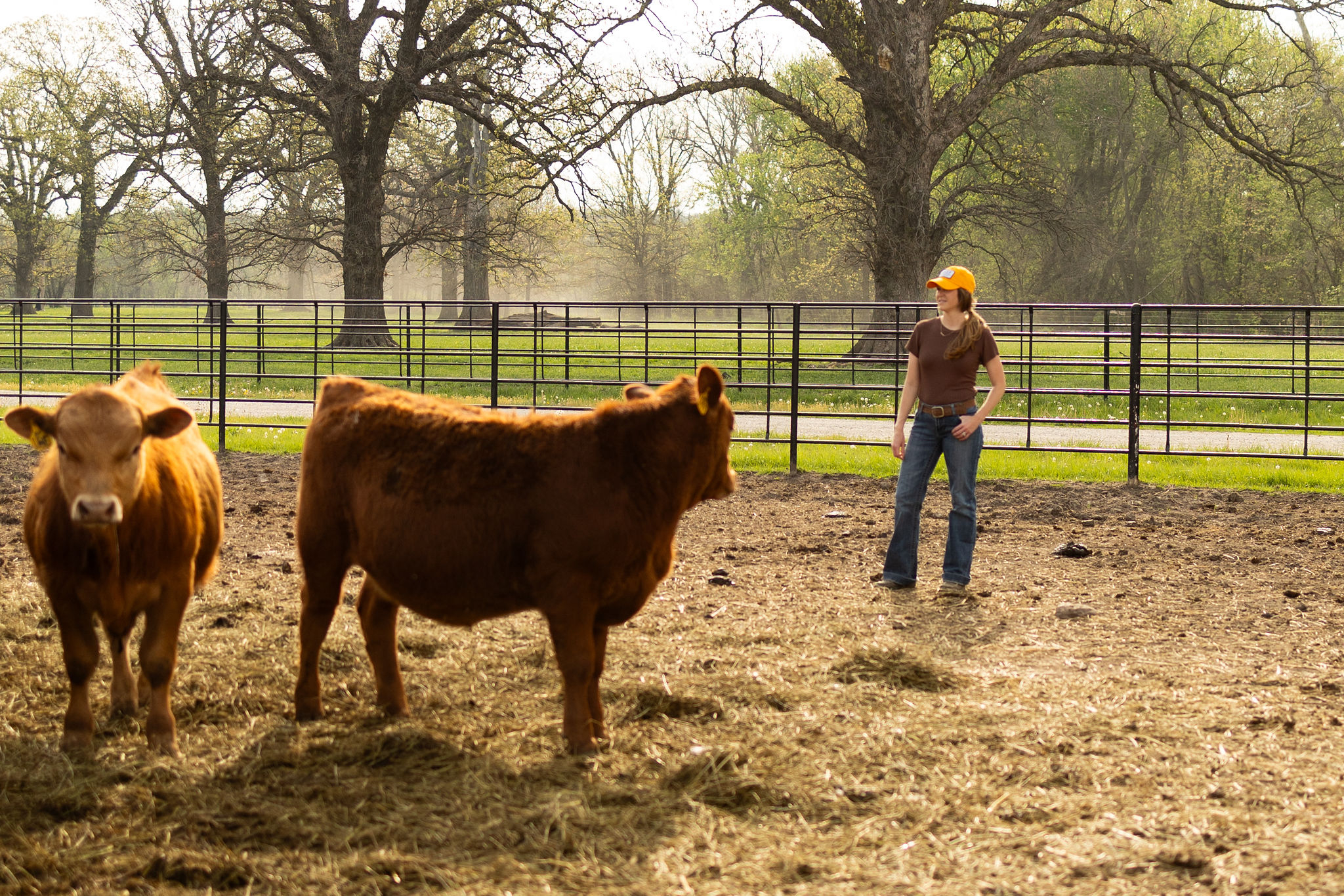In May, we hauled our cows from our ranch to the summer grass that we lease so that our home pastures can rest and grow for haying. The cows will spend five months grazing on vast grass pastures while they gestate their soon-arriving baby calves. The ladies will come back to our ranch around the first part of October so that we can finish out calving season.
Upon reading this, you may think, “Ok, so now what? The cows are on grass and ranchers get to relax until calving season.” To put it lightly, that couldn’t be further from the truth! While we are very glad to have the cows out to grass and fewer daily feeding chores, summer brings its own specific to-do list. The type of work we do in the summer varies greatly from our winter and spring chores of delivering feed and hay, breaking ice and traipsing through mud, and transitions to projects that have been waiting since the previous fall for a chance to be completed.
In late June we finished up our first cutting of hay. We have fertilized the grass and sprayed the weeds in our pastures so that the grass is tall and clean and will yield many large round bales. In order for the grass to go from tall and waving to ready for cow consumption, it must be mowed, raked and baled. We try to plan our hay cutting and baling in between rainstorms because hay that gets rained on loses its nutrient value, which can have a major impact on cow nutrition in the winter. We got very lucky this first go-round and didn’t have any rain from the day the hay was mowed to the time we hauled it off the pasture and lined it up. Hot and dry is perfect haying weather! We hope to get another cutting of hay this summer, which will boost our supply and alleviate some of the stress associated for planning feedstuffs for our cows this winter.
Ah, our old friend winter. Even when it’s 100°F we are thinking about and preparing for winter. In addition to storing enough hay for winter, we are also planning what kind of supplement our cows and calves will receive during the bitter cold. This coming winter, we will be feeding our cows corn silage which is a feed comprising the entire corn plant, chopped while it’s still green. Silage provides higher levels of carbohydrates, is more nutrient-dense than hay and helps keep cows in good condition during the winter months. This is attributed to the fermentation process that occurs when it is stored in bunkers or bags and also to the nutrition derived from the entire plant. Our corn was planted in early May and will be chopped for silage in August. Until that time we will make sure the corn gets any additional fertilizer or herbicide that is necessary to help it grow more efficiently in order to grow as much feed as possible using the resources we have on hand.
Lastly, we spend a good portion of our summer mending equipment, fences and finishing projects that need attention. This summer we are focusing on putting in some new fence, putting gravel in places where rain creates big, unnecessary potholes and putting in some new automatic water tanks for our bull pens. These may not seem like big projects but during the winter and spring, the maintenance gets pushed to the back burner in favor of stuff that must get done, like feeding the animals every day.
We occasionally get to take a break and head to a rodeo or the lake, so it’s not all work, all the time. The to-do list is always waiting for us but we are thankful that we get to do what we love together, as a family.
Until next time,
~ Buzzard ~
P.S. If you wish to receive posts in your inbox automatically, sign up on the homepage in the right side pane. Furthermore, follow my ranch life activities on Instagram: @brandibuzzard.
This original post first appeared on the Kansas Living website.



